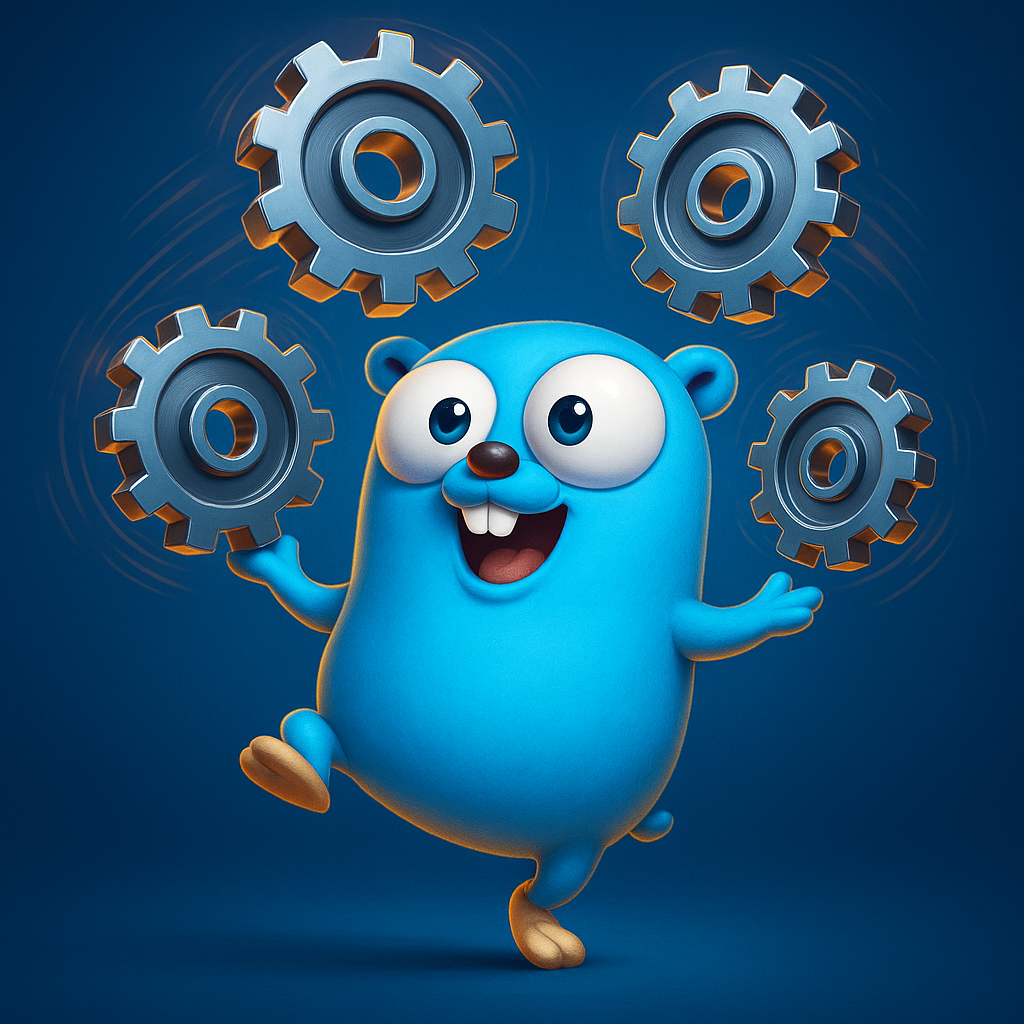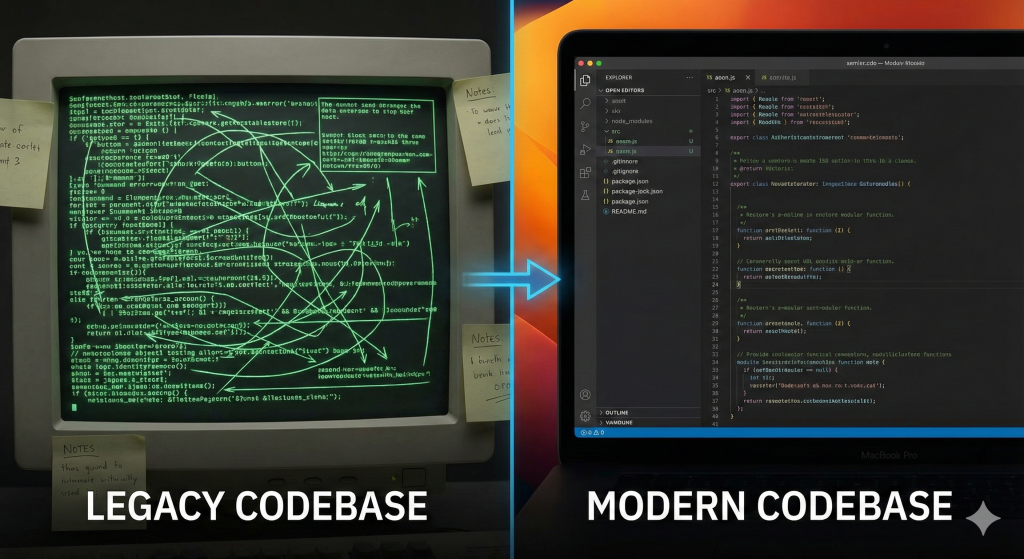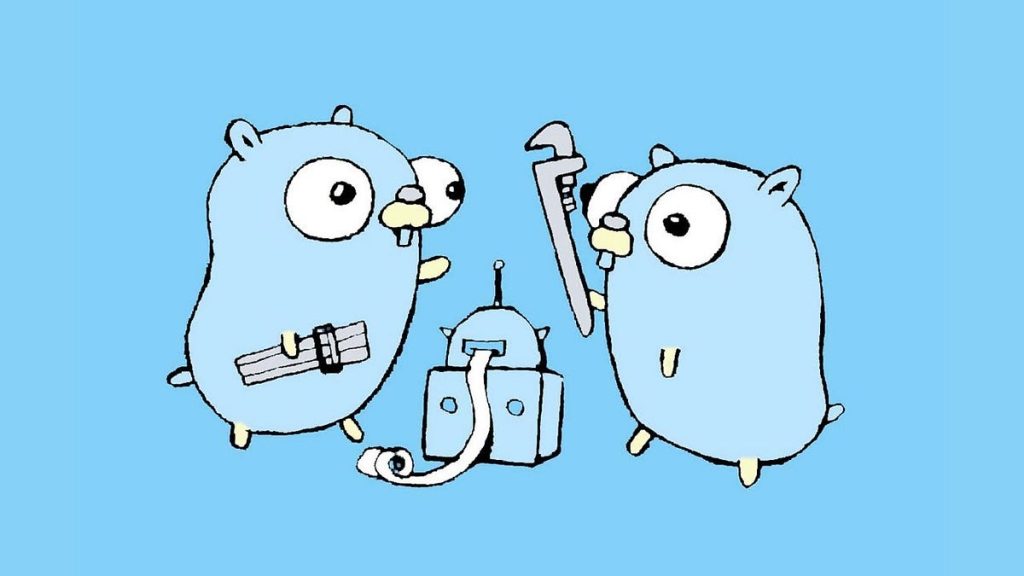Introduction to Go’s Concurrency Model
Go has gained widespread recognition for its robust and elegant concurrency model, driven by goroutines and channels. The model allows developers to write highly concurrent and scalable applications while keeping the code readable and maintainable. In this blog post, we will embark on a detailed journey through advanced concurrency patterns in Go, focusing on Fan-In, Fan-Out, and Worker Pools, which are essential for boosting application performance and resource utilization. Understanding these patterns can help you design systems that process tasks concurrently, avoid bottlenecks, and efficiently manage system resources.
Understanding the Importance of Concurrency Patterns
Concurrency patterns in Go are more than just coding techniques—they are strategic approaches to solving real-world problems involving task distribution and execution. By using these patterns, developers can:
- Improve application throughput by executing multiple tasks in parallel.
- Optimize resource usage by controlling the number of active goroutines.
- Enhance scalability and maintainability of the code by decoupling concurrent operations.
When designing high-performance applications, it is crucial to understand when and how to implement these patterns. They enable efficient task distribution, ensure tasks are processed without delays, and help aggregate results from multiple sources. This understanding leads to a significant improvement in overall application responsiveness and performance.
Exploring the Fan-In Pattern
The Fan-In pattern consolidates multiple input channels into a single output channel. This is particularly valuable when you have several concurrent processes producing results that need to be unified. By merging these outputs into a single stream, you simplify downstream processing, making your code both cleaner and more efficient.
A practical example of the Fan-In pattern in Go can be seen in the following code snippet:
package main
import (
"fmt"
"sync"
)
func merge(cs ...<-chan int) <-chan int {
var wg sync.WaitGroup
out := make(chan int)
output := func(c <-chan int) {
for n := range c {
out <- n
}
wg.Done()
}
wg.Add(len(cs))
for _, c := range cs {
go output(c)
}
go func() {
wg.Wait()
close(out)
}()
return out
}
func main() {
chan1 := make(chan int, 2)
chan2 := make(chan int, 2)
chan3 := make(chan int, 2)
for i := 1; i <= 2; i++ {
chan1 <- i
chan2 <- i * 10
chan3 <- i * 100
}
close(chan1)
close(chan2)
close(chan3)
for n := range merge(chan1, chan2, chan3) {
fmt.Println(n)
}
}
This example illustrates how three separate channels are merged into one, streamlining the process of handling concurrent outputs. For more details, you can refer to Sling Academy’s article on Fan-In and Fan-Out patterns.
Implementing the Fan-Out Pattern in Go
The Fan-Out pattern is all about distributing work evenly among several worker goroutines. It is ideal for situations where tasks are independent and can be processed concurrently, thereby reducing overall processing time by running multiple operations simultaneously.
Below is an example that demonstrates the Fan-Out pattern:
package main
import (
"fmt"
"sync"
"time"
)
func worker(id int, jobs <-chan int, results chan<- int) {
for j := range jobs {
fmt.Printf("Worker %d started job %d\n", id, j)
time.Sleep(time.Second) // Simulate work
fmt.Printf("Worker %d finished job %d\n", id, j)
results <- j * 2
}
}
func main() {
const numJobs = 5
jobs := make(chan int, numJobs)
results := make(chan int, numJobs)
var wg sync.WaitGroup
// Start 3 workers
for w := 1; w <= 3; w++ {
wg.Add(1)
go func(id int) {
defer wg.Done()
worker(id, jobs, results)
}(w)
}
// Send jobs
for j := 1; j <= numJobs; j++ {
jobs <- j
}
close(jobs)
// Wait for workers to finish
wg.Wait()
close(results)
for result := range results {
fmt.Printf("Result: %d\n", result)
}
}
This implementation clearly demonstrates how tasks from a single source are distributed among multiple workers, a key aspect of the Fan-Out pattern. More insights about this pattern can be found in the Sling Academy guide.
Designing Efficient Worker Pools
The Worker Pool pattern introduces a fixed number of goroutines to process a stream of jobs. This pattern is particularly useful when the system needs to control the number of concurrent operations to avoid resource exhaustion. The specific advantage of a Worker Pool is that it manages a job queue effectively by ensuring that a set number of workers continuously process tasks without the overhead of launching excessive goroutines.
Consider the following Worker Pool implementation:
package main
import (
"fmt"
"sync"
"time"
)
func worker(id int, jobs <-chan int, results chan<- int, wg *sync.WaitGroup) {
defer wg.Done()
for j := range jobs {
fmt.Printf("Worker %d processing job %d\n", id, j)
time.Sleep(time.Second) // Simulate work
results <- j * 2
}
}
func main() {
numWorkers := 3
jobs := make(chan int, 5)
results := make(chan int, 5)
var wg sync.WaitGroup
for i := 1; i <= numWorkers; i++ {
wg.Add(1)
go worker(i, jobs, results, &wg)
}
for j := 1; j <= 5; j++ {
jobs <- j
}
close(jobs)
wg.Wait()
close(results)
for res := range results {
fmt.Println("Result:", res)
}
}
In this example, a fixed pool of three workers processes the jobs concurrently. The Worker Pool pattern greatly simplifies task management, ensuring that system resources are effectively utilized while preventing potential bottlenecks. For additional best practices and a deeper dive, you may check out insights available on Corentings’s Worker Pool Guide and DEV Community’s article.
Combining Patterns for Enhanced Performance
Often, the best solution to a concurrency challenge doesn’t rely on a single pattern, but rather a thoughtful combination. Mixing Fan-In, Fan-Out, and Worker Pool patterns can often lead to highly optimized solutions that balance workload distribution with resource management.
For example, one might use the Fan-Out pattern to quickly distribute tasks among a fixed set of workers, ensure each worker processes tasks concurrently, and then use the Fan-In pattern to merge the results back into a single channel for further processing or output. This combination results in an architecture that efficiently manages task initiation and results aggregation, thus improving overall system throughput.
Practical Examples and Code Implementations
Throughout this blog post, we have shared code snippets that demonstrate the implementation of each concurrency pattern in Go. Here is a concise summary:
- Fan-In: Merging multiple channels into one stream to unify outputs.
- Fan-Out: Distributing incoming jobs to several worker goroutines.
- Worker Pool: Creating a pool of goroutines that manage a shared job queue while maintaining controlled resource usage.
These examples not only help in understanding the theory behind each pattern, but also provide a solid base to enhance your own projects. Experimenting with these code implementations and modifying them to suit real-life scenarios is a great way to master concurrent programming in Go.
Best Practices for Using Concurrency Patterns
Implementing concurrency patterns effectively requires following several best practices:
- Resource Management: Adapt the number of workers to suit your system’s resources, ensuring that your application remains responsive without overwhelming the system. See more on resource management at DEV Community.
- Error Handling: Ensure robust error handling to manage potential failures or panics within worker goroutines. A resilient system must gracefully recover from failures in any part of the concurrent processes.
- Channel Management: Always close channels when they are no longer needed to prevent memory leaks and deadlocks. Proper channel management is key to maintaining system stability.
Common Pitfalls and How to Avoid Them
While concurrency patterns can considerably enhance performance, it is vital to be wary of certain pitfalls:
- Deadlocks and Starvation: Make sure that goroutines are not waiting indefinitely on channels. This can occur if channels aren’t correctly closed or if synchronization between goroutines is mismanaged. Read more about avoiding deadlocks on Learn Go in 30 Days.
- Goroutine Overhead: While goroutines are lightweight, creating too many can lead to inefficiencies due to context switching. Control the number of active goroutines using patterns like Worker Pools.
- Poor Error Handling: Neglecting error management in concurrent applications can lead to unexpected fallbacks. Implement robust logging and error recovery practices.
Frequently Asked Questions (FAQ)
Q: What is the difference between Fan-In and Fan-Out patterns?
A: Fan-Out focuses on distributing tasks from a single source among multiple workers, while Fan-In consolidates outputs from multiple sources into a single channel. Both are complementary and are often used together in scalable applications.
Q: When should I use a Worker Pool?
A: Use a Worker Pool when you need to handle a high volume of concurrent tasks while keeping a fixed number of goroutines active. This pattern helps avoid resource exhaustion and maintains efficient processing.
Q: How can I ensure error handling within these patterns?
A: Implement error handling in each goroutine using proper logging and recovery mechanisms. Design your application to detect failures promptly and take corrective action, such as restarting failed tasks or gracefully shutting down the system.
Conclusion: Choosing the Right Pattern for Your Application
Mastering concurrency patterns in Go such as Fan-In, Fan-Out, and Worker Pools is essential for developers aiming to build high-performance and scalable applications. The thoughtful application of these patterns ensures efficient task distribution, optimal resource management, and effective aggregation of results. As you explore and experiment with these patterns, keep best practices and common pitfalls in mind to design robust, efficient systems.
Ultimately, the right pattern for your application depends on your specific use case—whether you need rapid distribution of work, consolidation of results, or controlled management of concurrent processes. By learning and applying these advanced concurrency patterns, you transform your Go applications into modern, scalable systems capable of handling substantial workloads.
For further reading and deeper insights, consider visiting these valuable resources:
- Concurrency Patterns: Fan-In and Fan-Out in Go – Sling Academy
- Go Concurrency Patterns You Should Know – Medium
- Approaches to Manage Concurrent Workloads – DEV Community
- Mastering the Worker Pool Pattern in Go – Corentings
- Fan-Out Fan-In Pattern in Go Programming – Learn Go in 30 Days
By combining theoretical understanding with practical implementations, you can successfully harness the power of Go’s concurrency model and elevate your applications to new performance heights.



